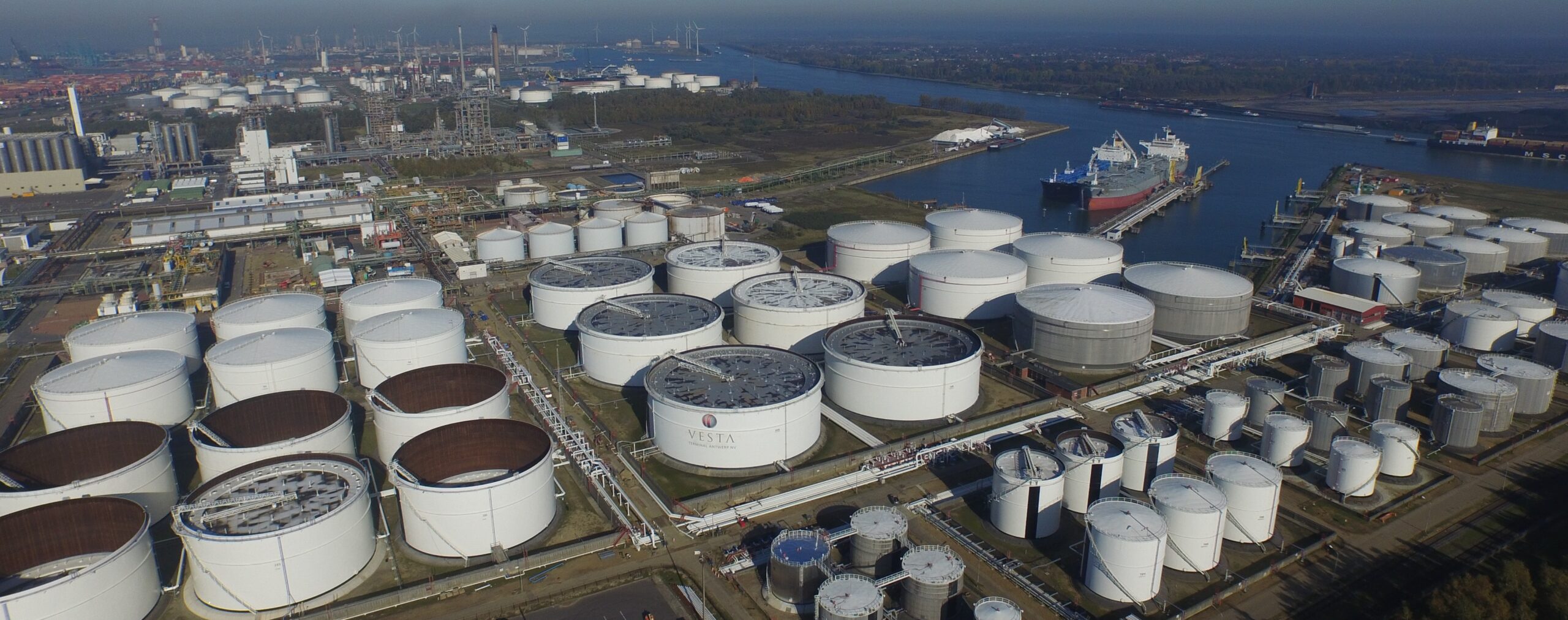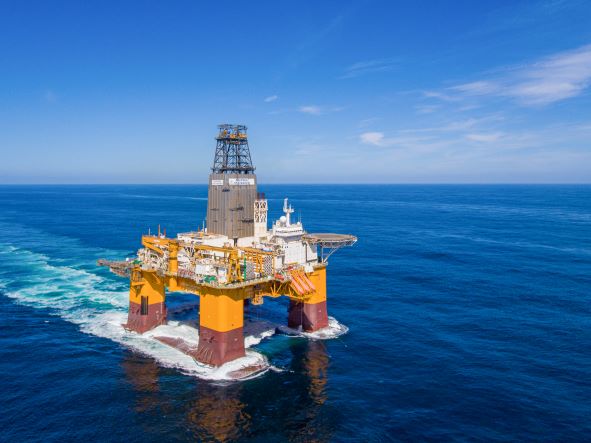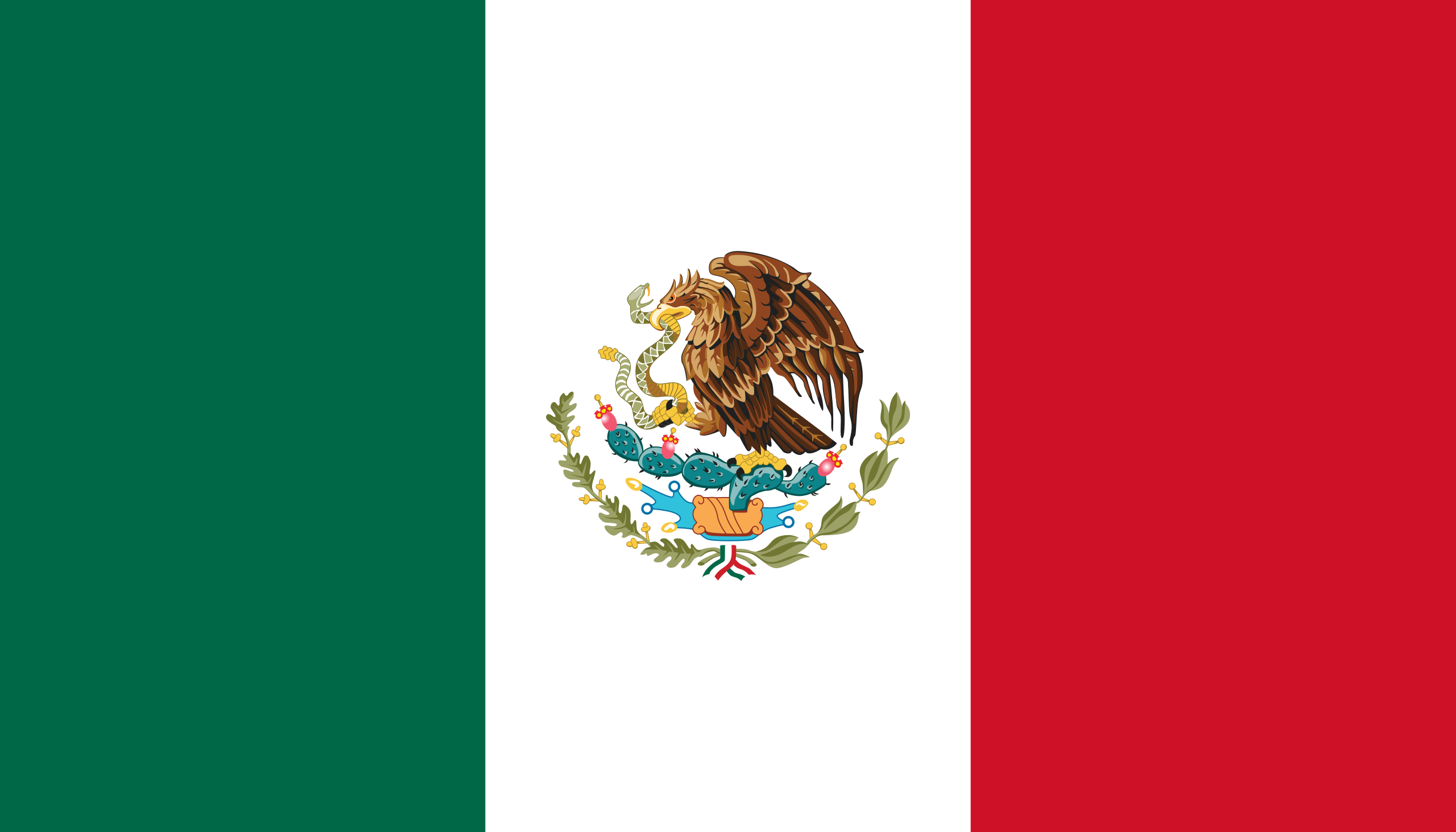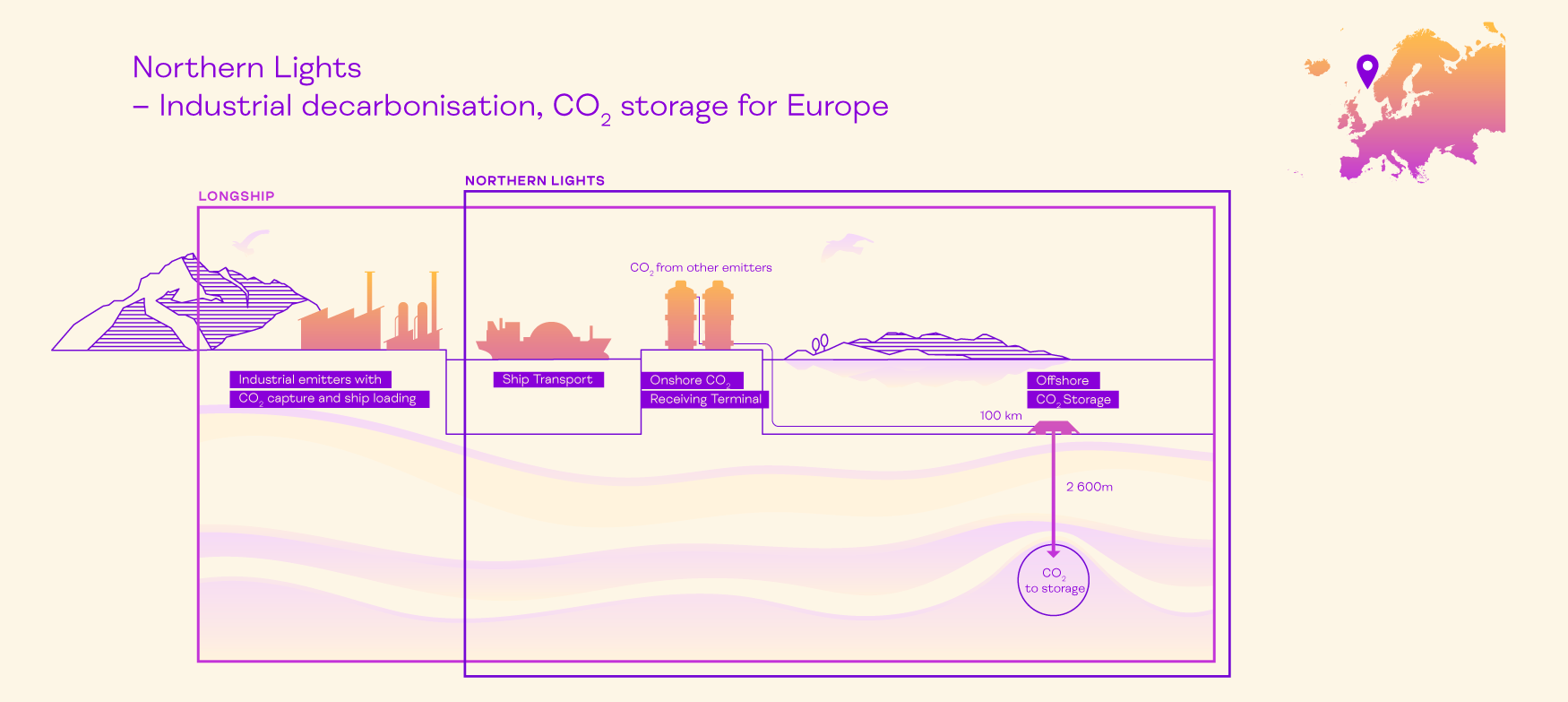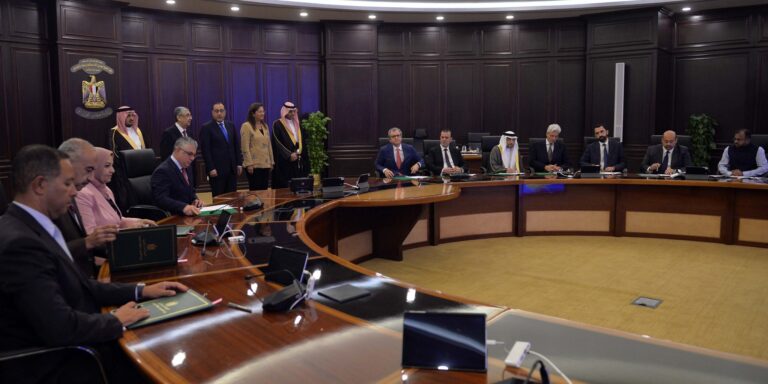Pilbara renewable ammonia project reaches key milestones
ENGIE has successfully reached a final investment decision on Project Yuri. The collaboration with Yara will see renewable hydrogen feedstock produced next door to Yara’s existing ammonia & fertiliser production facility in Karratha, Western Australia, with construction to commence this year, and production of renewable hydrogen to begin in 2024.
In further developments, Yuri has new stakeholders, with Mitsui & Co. securing a 28% interest stake in Yuri, and Technip Energy being selected to lead EPCC works. And in certification news, the Smart Energy Council also announced it has granted pre-certification for renewable hydrogen & ammonia production from Project Yuri, under the Zero Carbon Certification Scheme.


